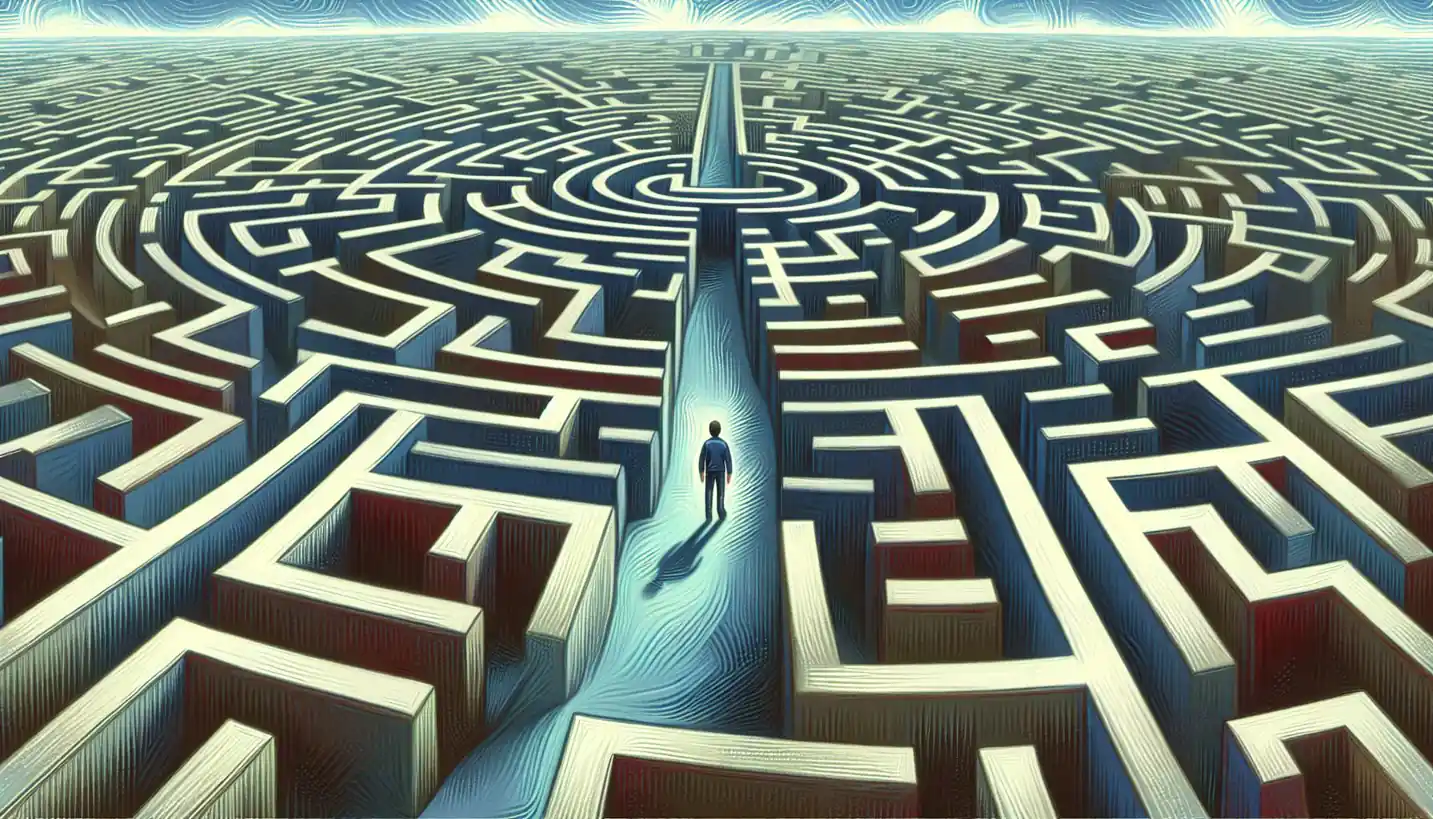· Psychology · 5 min read
Mental Imagery: Unleashing the Power of the Mind in Sports Psychology
Mental imagery is a powerful tool used to enhance athlete performance. Explore techniques that optimize the mind's potential in sports settings.

Picture yourself standing at the free-throw line in a packed stadium. The crowd is buzzing, and there’s a gentle pressure to sink that basket. But here’s the twist—you haven’t physically stepped onto the court. Instead, you’re sitting comfortably, eyes closed, visualizing every moment in vivid detail. This is the magic of mental imagery, a fascinating concept in sports psychology that helps athletes reach their peak potential without moving a muscle.
Mental imagery isn’t just daydreaming; it’s a powerful tool that engages the mind to simulate experiences. Athletes have been harnessing this technique to enhance performance, build confidence, and even recover from injuries. You might wonder how imagining something in your head can influence the physical world. Well, research has shown that when athletes vividly visualize their performances, it activates similar brain areas as if they were actually doing the activity. It’s like giving your brain a workout and rehearsing for the real thing.
Mental Imagery and Performance Enhancement
Consider Michael Phelps, the legendary swimmer. He used mental imagery extensively, visualizing every stroke, every flip turn, and even potential obstacles before his races. This mental preparation helped him perform flawlessly. The mind, after all, can be a powerful ally, convincing your body that you’ve already mastered a task.
But how does this work exactly? Think of mental imagery as a form of mental rehearsal. When athletes repeatedly imagine themselves successfully performing a skill, they’re essentially training their brain to perfect the action. This rehearsal builds neural pathways that make the actual performance feel almost like muscle memory. It’s like paving a mental pathway, reducing hesitation and boosting confidence when the time comes to perform.
The Science Behind Visualization
Let’s delve into the science a bit. Neuroimaging studies have shown that when you imagine an action, your brain’s motor cortex lights up—the same area that would activate if you were actually doing the task. This overlap between imagined and real actions strengthens the connection between mind and body. It’s like warming up your brain, getting it ready for the main event.
This is particularly useful in sports with high precision demands, like gymnastics or golf. By visualizing every detail—how it feels, the sound of a perfect swing, the sight of a clean landing—athletes can mentally practice complex movements over and over.
Building Confidence and Reducing Anxiety
Imagine walking onto a field with the anticipation of hundreds, maybe thousands, of eyes on you. Anxiety can creep in, making you doubt your abilities. This is where mental imagery comes to the rescue. By imagining themselves succeeding and coping with stressful situations, athletes can reduce performance anxiety.
This technique can be especially beneficial during rehabilitation. For injured athletes, physically practicing might be off the table, but mental imagery allows them to stay connected to their sport. Visualizing the success of recovery and return to play can maintain motivation and keep spirits high, helping the healing process along.
Developing a Winning Mindset
Mental imagery isn’t just about recreating physical actions; it’s also about crafting a winning mindset. Often, athletes struggle with maintaining focus or managing stress before a big competition. Here, mental rehearsal of not just movements but also emotions and responses comes into play. They might picture themselves staying calm, confidently addressing challenges, and savoring the feeling of victory.
This mental fortitude transforms the way they approach competition. Rather than being driven by fear of failure, athletes can foster a sense of control and readiness, like an actor perfectly in tune with their role. This prepares them to handle unexpected scenarios with grace, be it a surprise opponent move or a change in playing conditions.
Techniques for Effective Imagery
Now, you might wonder, how does one actually practice mental imagery? It’s not as simple as just closing your eyes and dreaming away. Effective visualization involves engaging all the senses to create a rich, detailed mental experience. For instance, beyond just seeing yourself shooting a basketball, you might feel the texture of the ball, hear the crowd’s anticipation, and even smell the court.
Athletes should practice consistently, integrating this mental workout into their regular routine. It’s about creating these mental movies repeatedly until they feel second nature. Many find creating a quiet, focused environment helps, where interruptions are minimal, allowing the imagination to flow freely.
Mental Imagery and Its Future
As our understanding of the brain deepens, mental imagery continues to be a growing field of interest. Researchers are exploring how these techniques might also benefit areas outside sports, like improving learning in education or aiding recovery in physical therapy. This kind of mental conditioning could become a staple in various training programs, tapping into the brain’s capabilities in innovative ways.
But is it truly a substitute for physical practice? While mental imagery is incredibly powerful, it’s not a replacement. Instead, it complements physical training, enhancing overall performance. Together, they form a comprehensive approach to mastering skills and achieving athletic excellence.
The Art of Imagining Success
So, next time you’re faced with a challenge, whether on the field or in life, remember the potent tool nestled within your mind. Mental imagery can be your secret weapon to boost confidence, refine skills, and craft a mindset ready for success. The mind, much like a muscle, grows stronger with use. Embrace the power of imagination, and watch as it shapes the reality of your achievements.
From world-class athletes to weekend warriors, everyone can tap into this mental gym, leveraging the power of visualization to turn dreams into realities. So, what will you visualize next?



